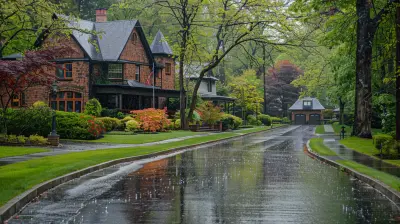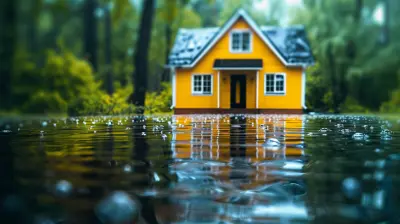Green Living on a Budget: Sustainable and Affordable Homes
24 October 2025
Sustainable living often comes with the misconception that it’s expensive. Many people assume that going green requires a hefty budget for solar panels, energy-efficient appliances, or custom eco-homes. But guess what? You don’t need deep pockets to live sustainably!
In reality, green living can actually save you money in the long run while reducing your carbon footprint. Whether you’re a homeowner, renter, or aspiring to buy your dream eco-friendly house, there are plenty of budget-friendly ways to embrace sustainability without sacrificing comfort.
So, let’s dive into how you can create a sustainable and affordable home—without breaking the bank! 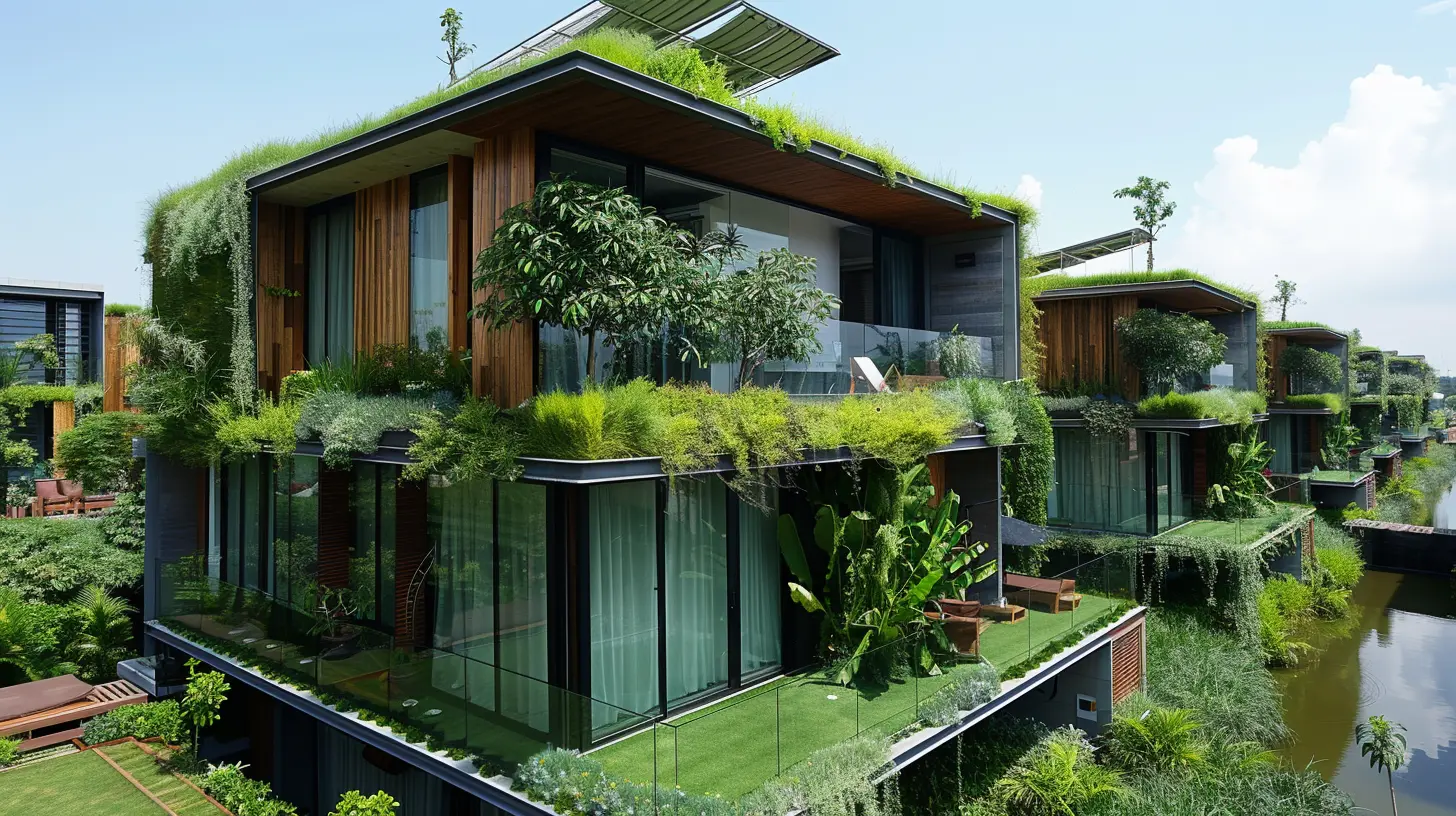
1. The Basics of Green Living
Before we start talking about budget-friendly green homes, let's clarify what "green living" really means.🔹 Sustainability is about reducing waste, conserving resources, and minimizing environmental impact.
🔹 Energy Efficiency means using less energy to get the same results—like LED bulbs versus old-school incandescent lights.
🔹 Eco-Friendly Materials are sustainable, recyclable, or biodegradable, making them kinder to the planet.
🔹 Water Conservation involves reducing unnecessary water use—lower bills, lower waste!
Now that we’ve got that covered, let’s see how you can integrate these principles on a budget. 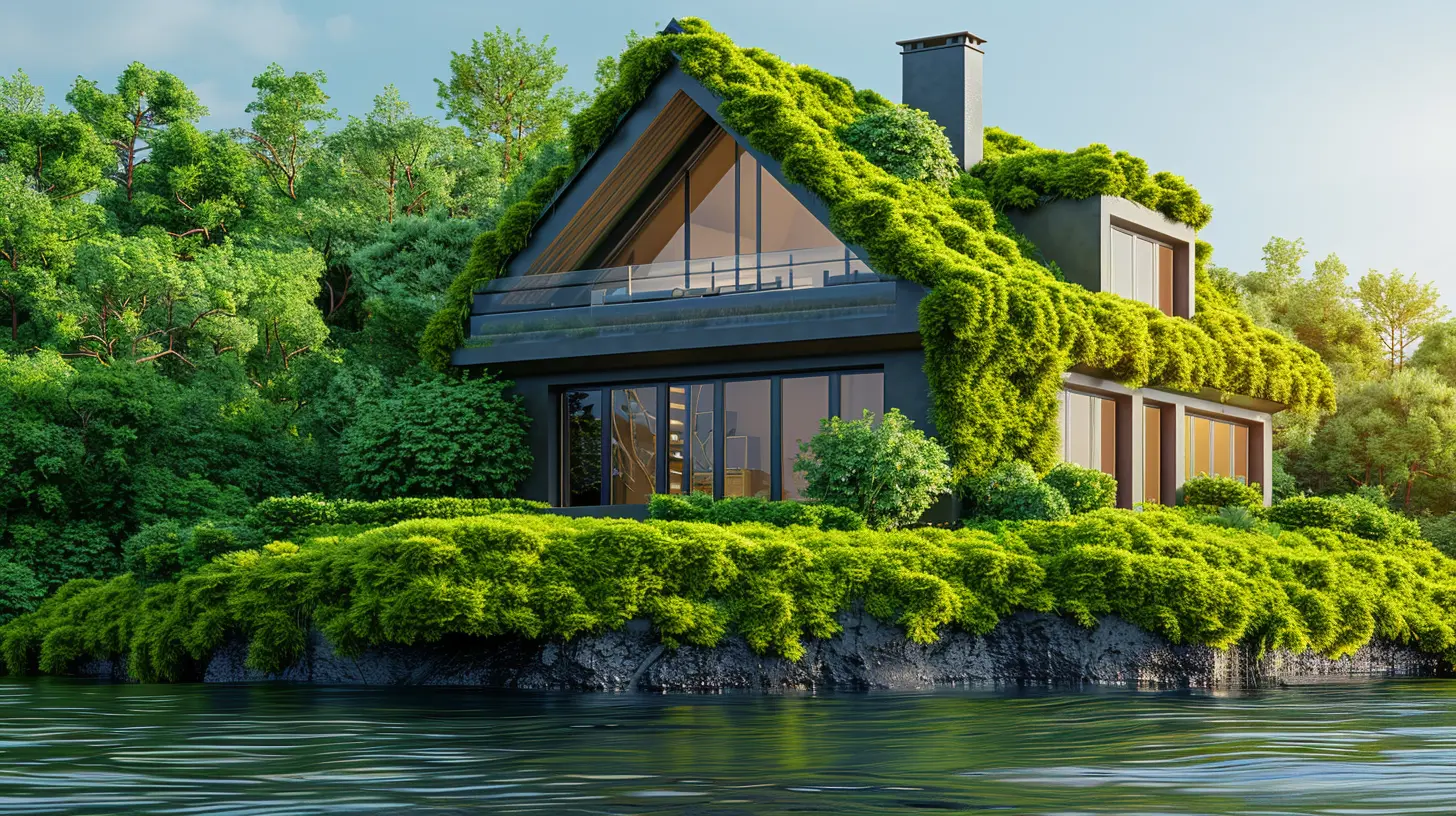
2. Buying or Building an Affordable Green Home
If you’re planning to buy or build a home, you don’t have to spend a fortune to make it sustainable!2.1. Look for an Energy-Efficient Home
When house hunting, keep an eye out for energy-efficient features like:✅ Proper insulation (keeps heating and cooling costs down).
✅ Energy Star-rated appliances.
✅ Passive solar design (homes designed to maximize natural light and heat).
If a home doesn’t have these features, no worries! You can upgrade small aspects over time without draining your wallet.
2.2. Consider Tiny Homes or Modular Homes
Tiny homes aren’t just trendy—they’re also incredibly eco-friendly and cost-effective! A smaller house means:- Lower energy bills
- Less material waste
- Smaller carbon footprint
Modular homes are another budget-friendly option. They are pre-fabricated, meaning there’s less construction waste, and they’re usually designed with energy efficiency in mind.
2.3. Use Second-Hand or Reclaimed Materials
Building a home from recycled materials is not just good for your bank account—it’s good for the planet. Salvaged wood, recycled bricks, and even repurposed doors or windows can save you thousands of dollars while giving your home a unique touch.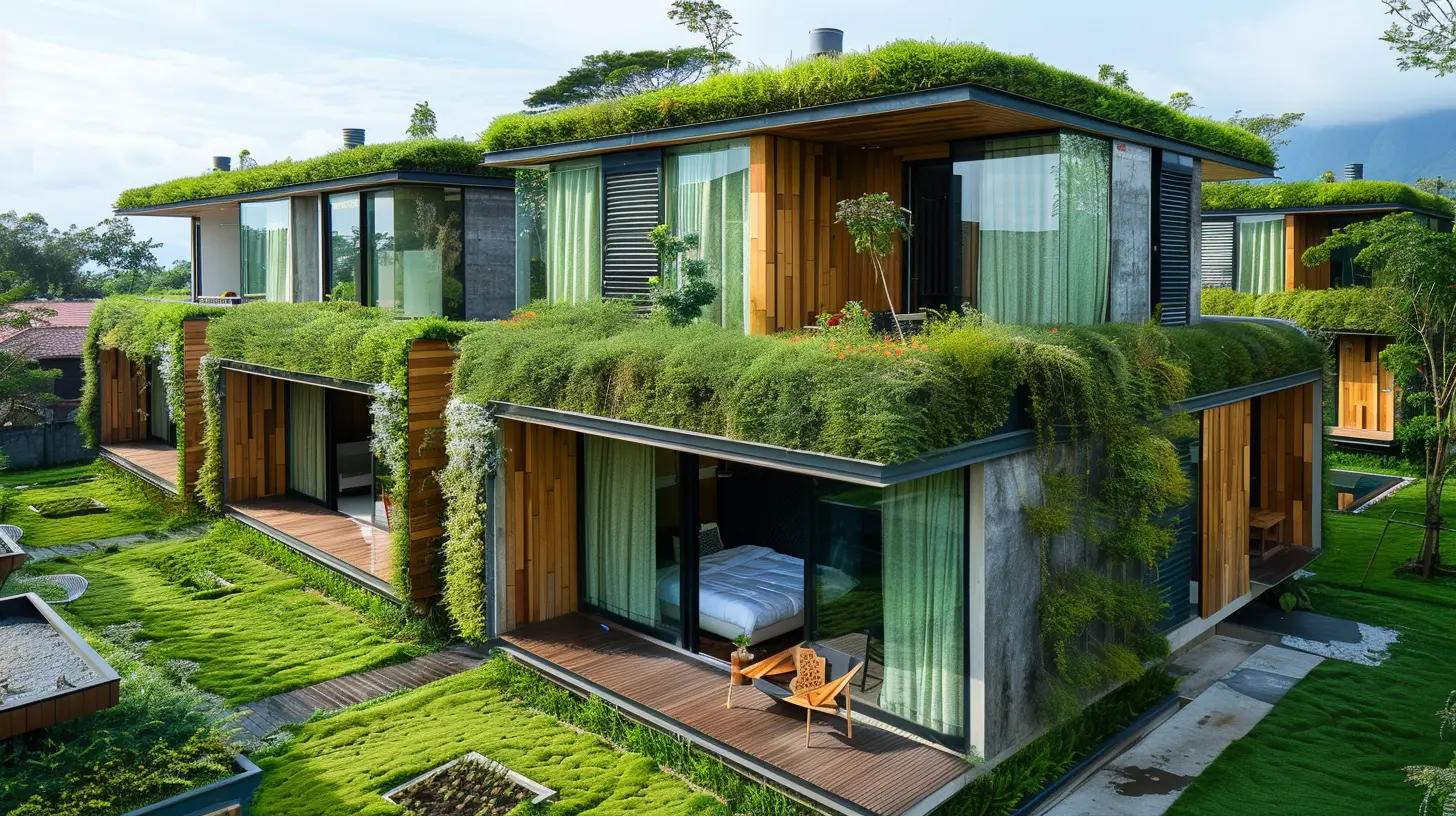
3. Budget-Friendly Ways to Make Your Existing Home Sustainable
Already have a home? No problem! You don’t need a massive renovation to start living sustainably. Small, affordable changes can make a massive impact.3.1. Reduce Energy Waste
Want to keep your home cozy without skyrocketing energy bills? Try these:- Seal leaks around doors and windows – Keeps heat in during winter and out during summer.
- Switch to LED bulbs – They last longer and use less energy than traditional bulbs.
- Unplug devices when not in use – Standby power (or "phantom load") still drains electricity.
3.2. Upgrade to Smart Devices (Without Overspending!)
Smart thermostats, like the Google Nest, can learn your habits and help conserve energy—cutting heating and cooling costs by up to 10-15%! While they may seem expensive initially, the savings quickly add up.There are also affordable smart plugs that let you control appliances remotely, reducing unnecessary energy use. 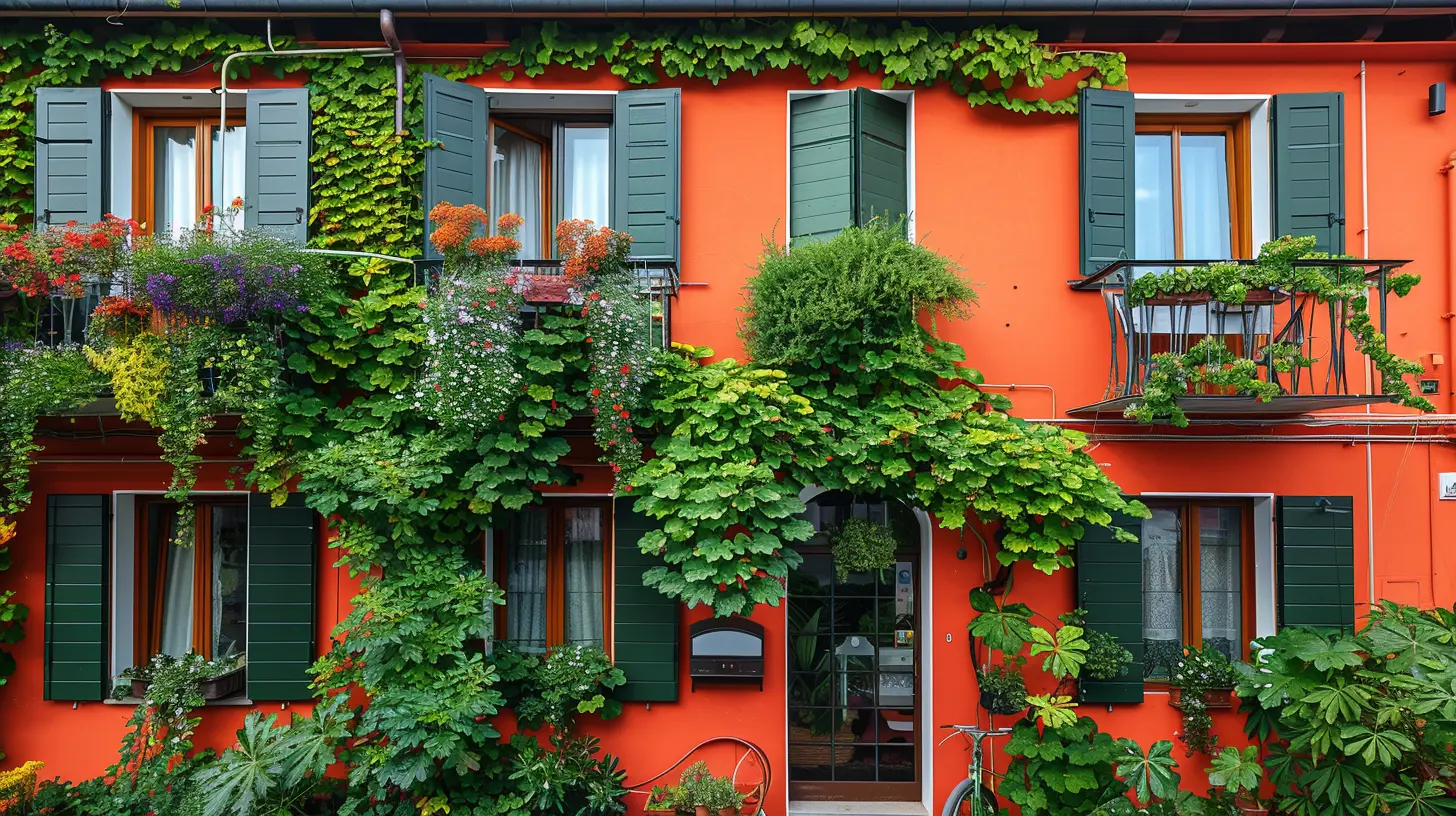
4. Affordable Water Conservation Tips
Water is precious—and so is your money! Here’s how you can conserve water without investing in expensive upgrades.4.1. Install Low-Flow Fixtures
Low-flow showerheads and faucets can cut water usage by up to 50%—while keeping your water pressure strong. These fixtures are affordable and super easy to install!4.2. Collect Rainwater
Why let rainwater go to waste? Collect it in barrels and use it to water your plants or clean outdoor spaces. Simple, cheap, and effective!4.3. Fix Leaks ASAP
A tiny leak might seem harmless, but did you know that a single dripping faucet can waste hundreds of gallons of water per year? Fixing leaks is an easy and budget-friendly way to prevent waste.5. Inexpensive Ways to Improve Indoor Air Quality
Sustainable living isn’t just about energy and water—it’s also about having a healthy home environment.5.1. Use Natural Cleaning Products
Harsh chemical cleaners aren’t just bad for the planet—they’re also bad for your lungs and skin. Switching to vinegar, baking soda, and lemon-based cleaners is a cheaper and healthier alternative.5.2. Add Indoor Plants
Houseplants like snake plants, spider plants, and peace lilies don’t just liven up your space—they also help to purify indoor air naturally!5.3. Improve Ventilation
Poor air circulation can cause mold, allergens, and humidity issues. Opening windows, using fans, or installing affordable air purifiers can do wonders for indoor air quality.6. Eco-Friendly Landscaping on a Budget
Your outdoor space can be green and budget-friendly at the same time!6.1. Grow Your Own Food
Starting a vegetable garden can help you save money on groceries while reducing reliance on store-bought produce. Even if you don’t have a yard, you can grow herbs in pots indoors.6.2. Choose Native Plants
Native plants require less water and maintenance, making them a cost-effective and environmentally friendly choice for your garden.6.3. Use Mulch to Retain Moisture
Mulching your garden not only prevents weeds but also helps soil retain water, cutting down on your water bill. Plus, you can make your own mulch from grass clippings, leaves, or bark!7. Embracing a Minimalist Lifestyle
The less waste you produce, the more sustainable your lifestyle becomes!7.1. Buy Second-Hand or Upcycle
Instead of buying brand-new furniture, check out thrift stores or online marketplaces. Upcycling—transforming old furniture into something new—is an eco-friendly and budget-conscious way to decorate your home.7.2. Reduce Single-Use Plastics
Using glass containers, cloth bags, and stainless-steel water bottles can help cut down on waste while saving money over time.7.3. Implement the "One In, One Out" Rule
For every new item you bring into your home, donate or recycle an old one. This reduces clutter and unnecessary consumption—two key elements of sustainable living.Final Thoughts: Green Living Doesn't Have to Be Expensive!
Sustainable living isn't about perfection—it's about making small, cost-conscious choices that add up to a big impact over time.By making simple changes like using LED lights, reducing water waste, opting for second-hand materials, and embracing minimalism, you can save money while helping the planet.
So, why not start today? A more sustainable, affordable home is within reach—you just need to take that first step!
all images in this post were generated using AI tools
Category:
Affordable HousingAuthor:

Vincent Clayton
Discussion
rate this article
1 comments
Piper Wagner
Discover the hidden gems of eco-friendly living—where affordability meets sustainability. What if your dream home lies not just in luxury, but in the whispers of green innovation?
October 24, 2025 at 4:33 AM

Vincent Clayton
Thank you for your insightful comment! Embracing eco-friendly living truly demonstrates that sustainability can be both affordable and innovative. Let's continue exploring how green choices can enhance our homes and lifestyles.
